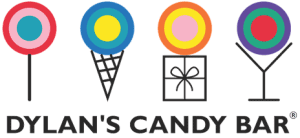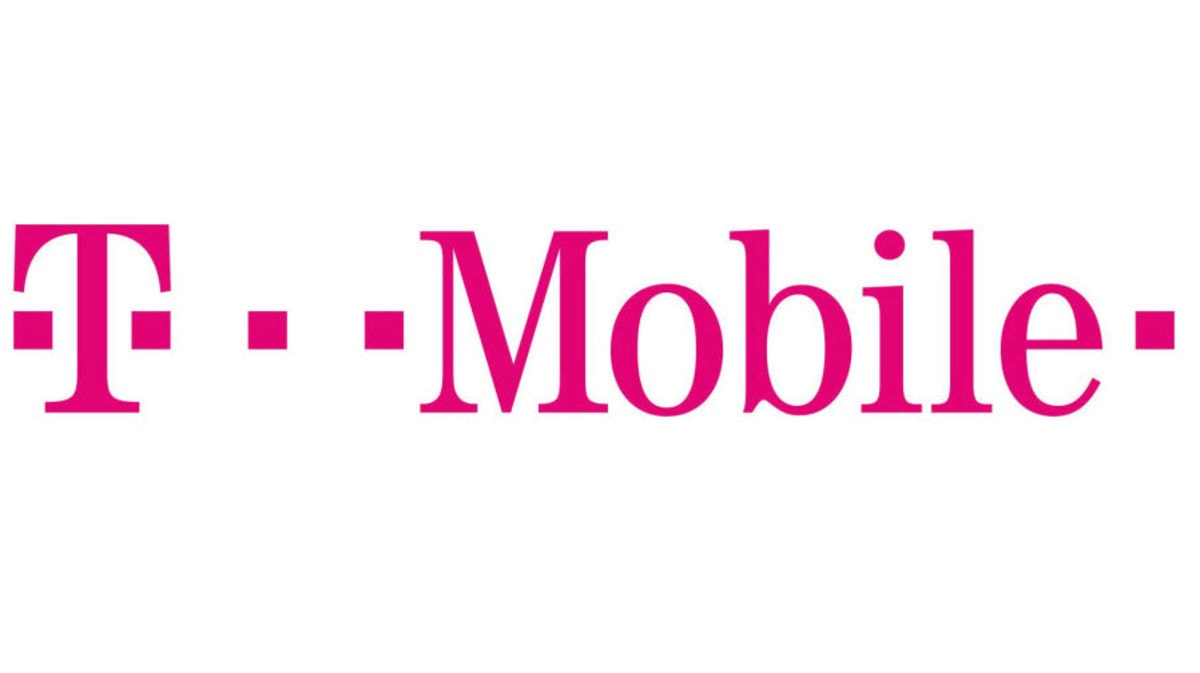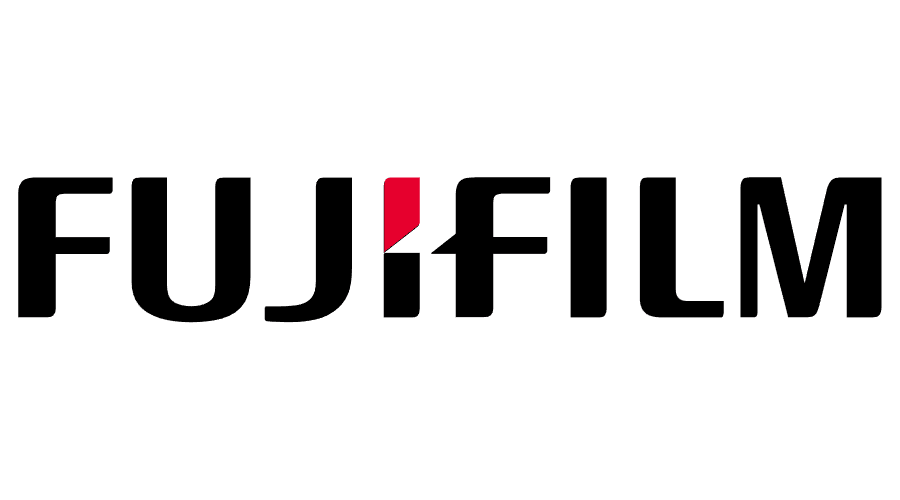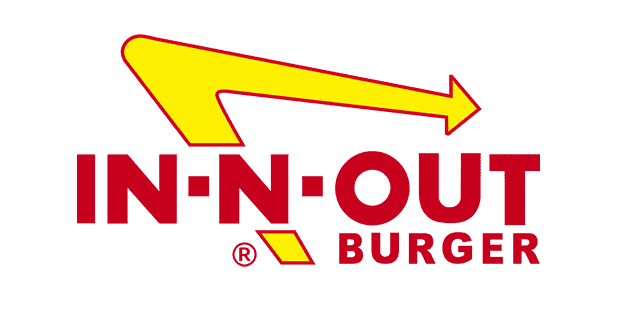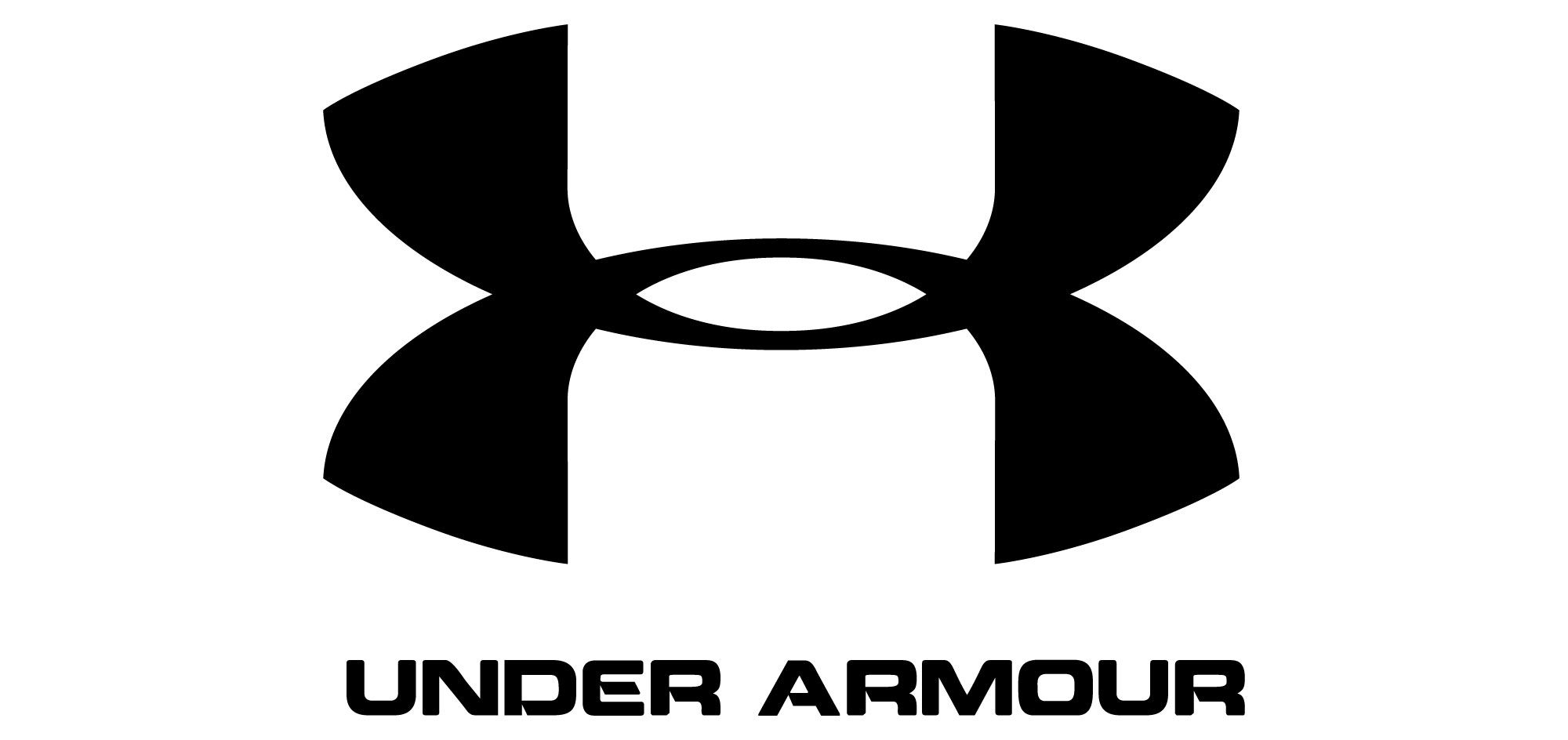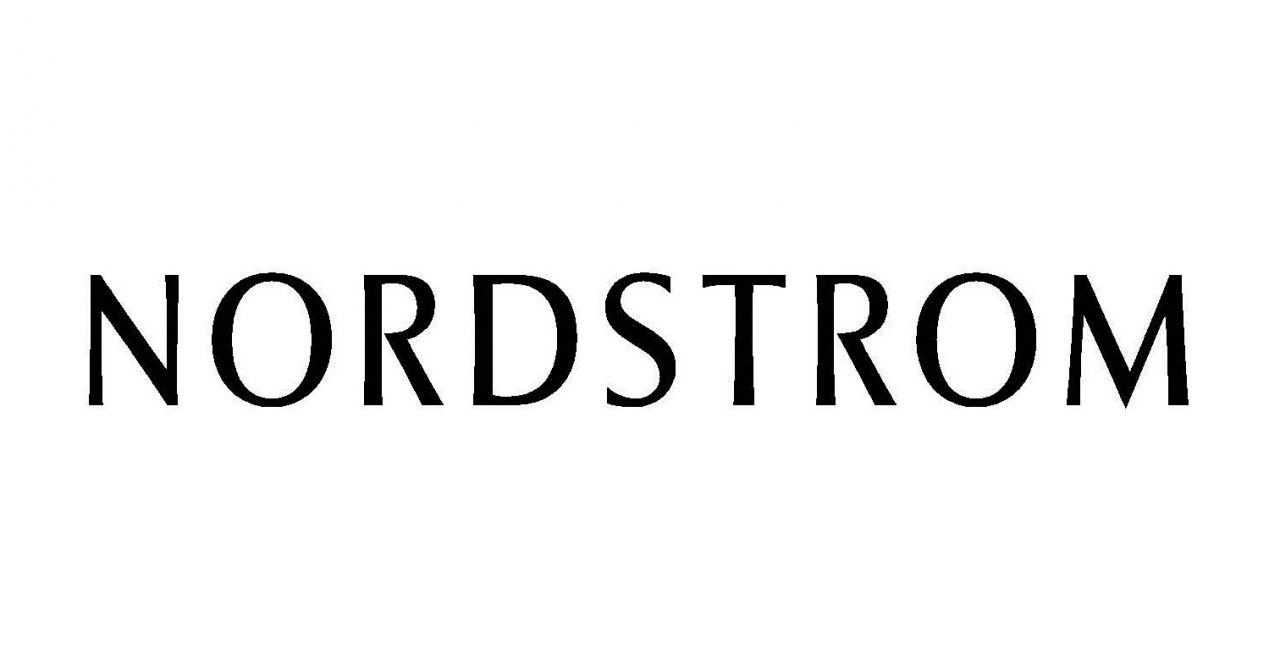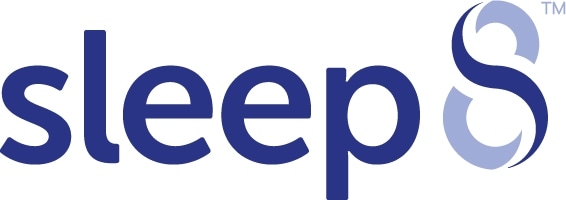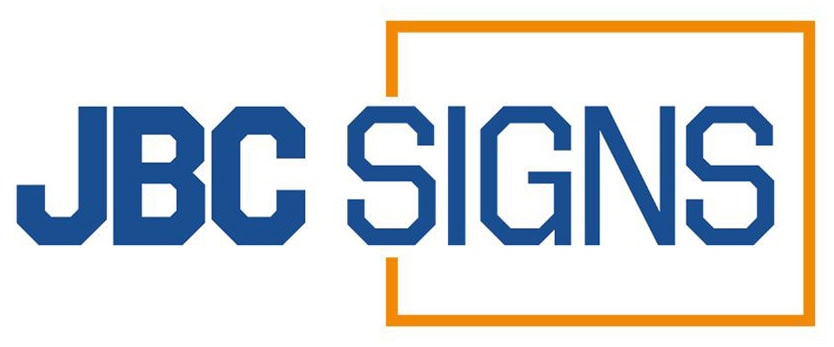When most marketers think of retail signage, they think of instant sales, foot traffic and return on investments. While most people might associate signage with direct marketing, retail signage can also be extremely valuable for branding.
Through effective design and copy, your retail signs can do more than just attract customers into your retail stores – they can also, over time, build a powerful and effective brand for your business.
Would you like to learn more about the effect retail signs can have on branding? In this guide, we’ll share five simple but highly effective branding tips that you can use to get more from your store’s retail signage.
Use the same color scheme
When you see the colors red and blue together, what do you think of? Most people associate these two colors with Pepsi, and for good reason – the two colors are used heavily in Pepsi’s branding and advertising.
Likewise, people associate yellow and black with Best Buy and red and white with Target as a result of these colors’ frequent use in their respective companies direct marketing and branding campaigns.
Using the same color scheme in your business’s signage on a consistent basis is an excellent way to establish a brand. Whenever people see the colors used together, they will naturally associate it with your brand and business.
Always mention your name
There’s more to marketing than just producing an immediate response. The second goal of most marketing assets – a category that includes retail signage – is to make the product or company’s name familiar and recognizable.
One of the best ways to familiarize people with your business is through effective use of repetition. By mentioning your business’s name – or the name of your latest product – you can increase its level of familiarity with your target audience.
Do you use your brand and product names frequently in your retail signage? If not, you could be missing out on a lucrative and highly effective opportunity to set your business and brand apart from its competitors.
Keep using a consistent style
Throughout the 1960s, Volkswagen carried out one of the most effective print ad campaigns in history. The Think Small campaign made the Volkswagen Beetle into one of the world’s top-selling cars in little more than a single decade.
The campaign worked for various reasons, one of which is that every advertisement was designed using a consistent, familiar style. As soon as readers noticed each ad, they immediately knew that it would talk about Volkswagen.
Consistency is the key to effective branding, and there’s no better place to be highly consistent than in your retail signage. From in-store signs to street signage, use the same style in all of your signage and you’ll establish a recognizable brand.
Feature your logo prominently
How well does your target audience know your business? One of the first indicators that your brand is growing stronger is that more of your target customers recognize its logo – an event that occurs as a result of familiarity.
The world’s most well-known logos – images like Nike’s swoosh and Apple’s bitten apple – aren’t recognizable just because of great design, but also because they are featured time and time again in their respective companies’ marketing materials.
Does your retail signage prominently feature your company’s logo? Using your logo frequently in your retail signage and marketing materials is another fantastic way to improve brand recognition and strengthen your connection with customers.
Share your value proposition
What is your company’s value proposition? Every successful business, from a local bakery to a multinational company, has a clear statement of the value it provides to its customers – in short, a value proposition.
If your business has a clear value proposition, it’s essential that you make it part of your promotional signage. Simplify your value proposition to a sentence – or, for a more complex value proposition, two sentences – so that it can be used in signage.
Emphasizing the value your business can offer sets it apart from its competitors and engages your target audience. Over time, this results in a stronger brand and a much greater sense that your company can provide real value via its products or services.



